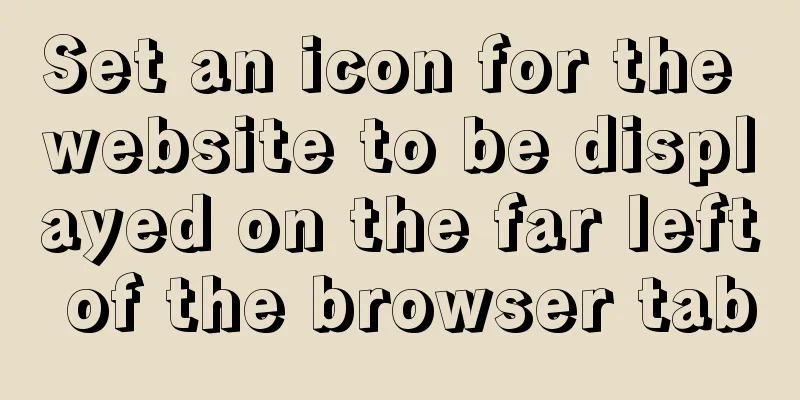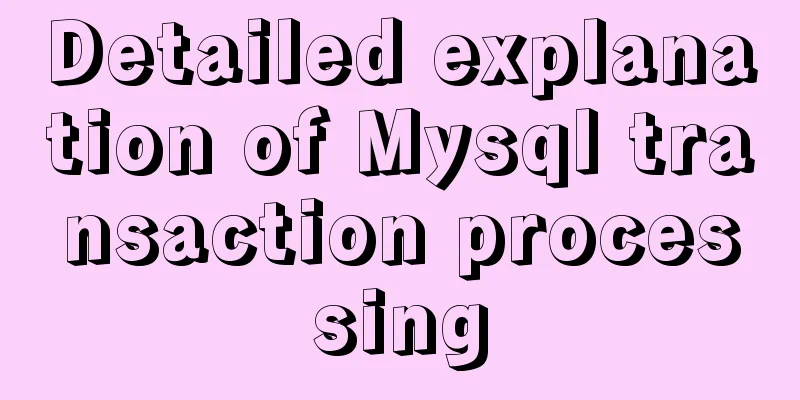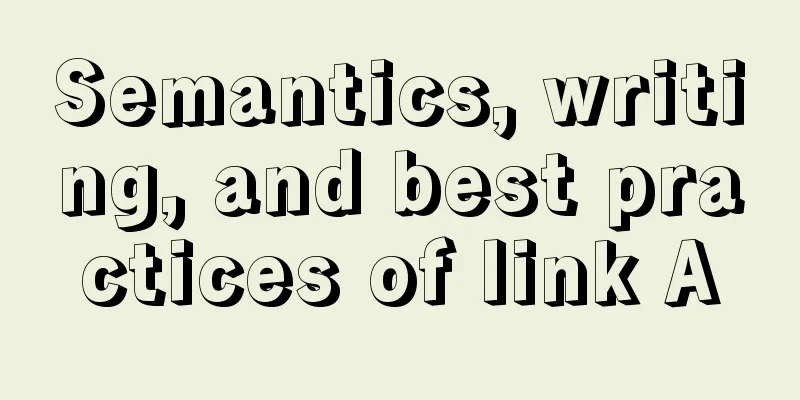|
1.1 General marking
A general tag consists of an opening tag and an ending tag. Its syntax is: <x>Controlled text</x>
Here, x represents the tag name. <x> and </x> are like a set of switches: the start tag <x> turns a function on, and the end tag </x> (usually the start tag plus a slash /) turns the function off, and the controlled text information is placed between the two tags. For example: <i>This is italic</i>.
Some attributes can also be added to the tag to achieve certain special effects or functions. For example: <x a1="v1",a2="v2",...,an="vn">Controlled text</x>
Among them, a1, a2, ..., an are attribute names, and v1, v2, ..., vn are their corresponding attribute values. The attribute values can be quoted or not, which is acceptable to all currently used browsers. However, according to the new W3C standard, attribute values must be quoted, so it is best to develop the habit of using quotes.
1.2 Empty tags <br />Although most tags appear in pairs, some exist alone. These single-existing tags are called empty tags. Its formula is: <x>
Similarly, empty tags can also be attached with some attributes to achieve certain special effects or functions. Such as: <x a1="v1",a2="v2",...,an="vn">, for example: <hr>,<br>, etc.
The new standard defined by W3C (XHTML1.0/HTML4.0) recommends that empty tags should end with /, that is: <X />
If additional attributes are used, then: <x a1="v1",a2="v2",...,an="vn" />
Currently used browsers do not have strict requirements on whether to add / after an empty tag. That is, adding / or not adding / at the end of an empty tag does not affect its functionality. But if you want your file to meet the latest standards, it is best to add /.
2. Classification of HTML tags 2.1 Document Structure Tags
The purpose of this type of markup is to indicate the structure of the file, the main ones are:
<html>...</html>: marks the beginning and end of the HTML file.
<head>...</head>: marks the file title area.
<body>...</body>: indicates the main body of the file 2.2 Block Formatting Tags
The main purpose of this type of tag is to display a certain section of text in an HTML file in a specific format to increase the readability of the file. The main ones are:
<title>...</title>: The title of the file.
<hi>...</hi>:i=1,2,...,6,webpage title.
<hr>: Generates a horizontal line.
<br>: Force line break.
<p>...</p>: Document paragraph.
<pre>...</pre>: Display in original format.
<address>...</address>: Mark the contact person's name, phone number, address and other information.
<blockquote>...</blockquote>: Section quotation mark.
2.3 Character Formatting Tags
Used to change the appearance of HTML file text and increase the beauty of the file. The main ones are:
<b>...</b>: Bold text.
<i>...</i>: Italic text.
<tt>...</tt>: Type the font.
<font>...</font>: Change the font settings.
<center>...</center>: Center aligned.
<blink>...</blink>: The text blinks.
<big>...</big>:Increase the font size.
<small>...</small>: Reduce the font size.
<cite>...</cite>: Reference.
2.4 List Tags
<ul>...</ul>: Unnumbered list.
<ol>...</ol: A numbered list.
<li>...</li>: List item.
<dl>...</dl>: definition list.
<dd>...</dd>: Define the project.
<dt>...</dt>: Define the project.
<dir>...</dir>: Directory listing.
<menu>...</menu>: Menu-style list.
2.5 Anchor Tag
Links can be said to be the lifeblood of HTML hypertext files. HTML uses link tags to integrate images, texts, videos, audio and other information scattered around the world. The main purpose of this type of mark is to mark hypertext links (Hypertext Link), mainly including:
<a>...</a>: Create a hyperlink.
2.6 Multimedia Tag
This type of tag is used to display image data. The main ones are:
<img>: embedded image.
<embed>: Embed multimedia objects.
<bgsound>: Background music.
2.7 Table Tags
This type of marking is used to make a table. The main ones are:
<table>...</table>: defines the table section.
<caption>...</caption>: Table title.
<th>...</th>: table header.
<tr>...</tr>: Table columns.
<td>...</td>: table cell.
2.8 Form Tags
This type of tag is used to create interactive forms, the main ones are:
<Form>...</form>: Indicates the beginning and end of the form section.
<input>: generates a single-line text box, radio button, check box, etc.
<textarea>...</textarea>: Generates a multi-line input text box.
<select>...</select>: marks the beginning and end of the drop-down list.
<option>...</option>: Generates a selection item in the drop-down list.
HTML tags are not case sensitive, i.e. <BODY> and <body> are the same. The following is an introduction to these tags.
3. File structure tag <br />The structure of an html file can basically be divided into two parts, one part is called the title area (Head Section); the other part is called the body area (Body Section). Document structure tags are used to indicate where the title belongs and where the body belongs.
3.1<html>: Marks the entire document <br />Purpose: Marks the entire html file Description: A standard html file is a file that starts with <html> and ends with </html>. Right now:
<html>
... html file full text</html>
3.2<head>: marks the file title area <br />Description: In the HTML file, the area enclosed by <head> and </head> is called the file title area. Usually the head section is included in the html section, that is:
<html>
<head>
......html file title area</head>
.....
</html>
3.3<title>: Web page title <title>.....</title> is the most important and most commonly used tag in the title area of html files. Other tags in the title area include <base>, <isindex>, <link>, <nextid>, <meta>, etc.
The purpose of the <title> tag is to set the title of the web page. This title will be displayed in the title bar of the browser window and will not appear in the text of the browser page. The Favorites, Bookmarks, or History List functions of most browsers are named after the title of this file.
There is no length limit for the text marked by <title>...</title>, but a title that is too long may sometimes be truncated and is not easy to remember.
3.4<body>: marks the main body of the file <br />Description: In an HTML file, the area enclosed by <body>...</body> is called the main body of the file, which is usually after the <head> section.
3.5 Attributes of the <body> tag
background attributes:
This property can specify a graphic file (usually gif or jpeg) as the background pattern. The graphic will be laid out like tiles to form the base map of the entire web page.
|










